Industry information
Company News
- Aluminum veneer curtain wall: the beauty of architecture, the light of materials
- Fluorocarbon aluminum veneer: the new darling of architectural aesthetics
- Aluminum veneer curtain wall, the "fashionable coat" of architecture
- Aluminum veneer customization, creating the art of personalized space
- Uncover the charm and secrets of fluorocarbon aluminum veneer!
Industry dynamics
- Aluminum veneer customization, creating a new proposition for personalized space
- Customized aluminum veneer to create your own unique aesthetic space
- Aluminum veneer curtain wall: creating a new style of modern architecture
- What are the advantages of aluminum veneer compared to traditional building materials?
- Can aluminum veneer be applied to the exterior design of low-cost buildings?
Frequently asked questions
- What are the surface treatment methods for aluminum veneer?
- What is the sound insulation performance of aluminum veneer?
- What is the fire resistance of aluminum veneer?
- How to improve the fire resistance of aluminum veneer?
- What is the installation method of aluminum veneer?
contact us
Mobile phone: 15627778610
Email: 2201229786
Address: No. 5 Binjiang Road, High tech Zone, Zhaoqing City
What impact does the weight of aluminum veneer have on building structures?
- Author: Xinlongtai Aluminum Industry (Guangdong) Co., Ltd
- Release time: 2022-02-24 08:25:54
- Click:0

Aluminum veneer is a lightweight exterior wall decoration material that is much lighter in weight compared to traditional building materials. But what impact does the weight of aluminum veneer have on building structures? Let's take a closer look below.
1、 The influence of aluminum veneer weight
1. Impact on building structure: Aluminum veneer is lighter in weight, which can reduce the self weight of the building and thus alleviate its structural burden. This is particularly important for some high-rise and large-span buildings, as it can improve the seismic resistance and stability of the building.
2. Impact on construction technology: Aluminum veneer is lighter in weight, so less materials and equipment are required during the construction process, which can reduce construction costs and manpower and material resources. Due to the ease of handling and installation of aluminum veneer, it also improves construction efficiency.
3. Impact on maintenance: Aluminum veneer is lighter in weight, so there are relatively fewer tools and equipment required for daily maintenance, which can reduce maintenance costs and manpower and material resources. Due to the flat and smooth surface of aluminum veneer, it is easy to clean and maintain, which can also extend the service life of the material and maintain its good appearance.
2、 Precautions
When applying aluminum veneer, the following points should be noted:
1. Determine design requirements: Before designing and installing, it is necessary to clarify the building's functional and intended use in order to select materials and elements reasonably;
2. Pay attention to material quality: When selecting aluminum veneer, it is necessary to pay attention to whether its quality and specifications meet the requirements to ensure that it can meet the decoration requirements and service life requirements;
3. Strengthen structural design: During use, it is necessary to strengthen structural design to ensure that the connection between the aluminum veneer and the building structure is firm and reliable;
4. Preventing human destruction: During use, it is necessary to strengthen management to prevent human destruction and damage to the surface of materials.
3、 Conclusion
The weight of aluminum veneer has a certain impact on the structure of buildings. Through reasonable design and material selection, the advantages of aluminum veneer can be fully utilized to provide better structural support and longer service life for buildings. However, when applying aluminum veneer, attention should be paid to selecting suitable materials and ensuring material quality. Only in this way can the advantages of building materials be fully utilized to provide better protection and services for buildings.

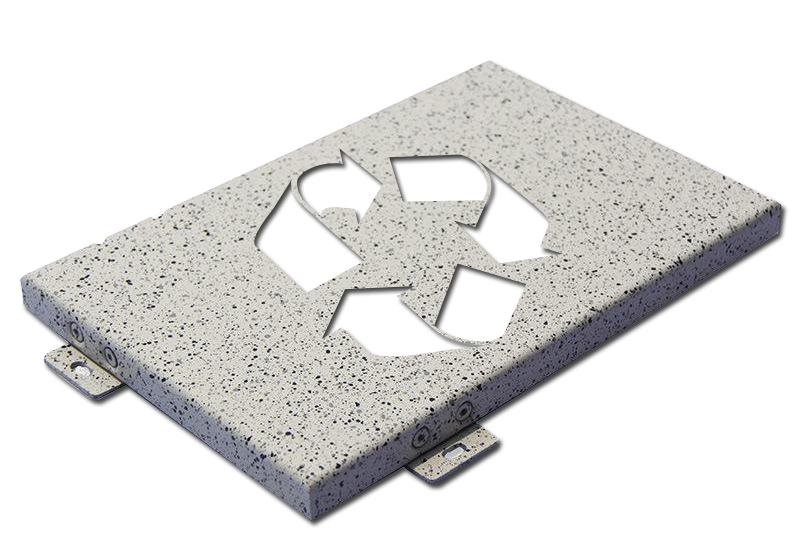
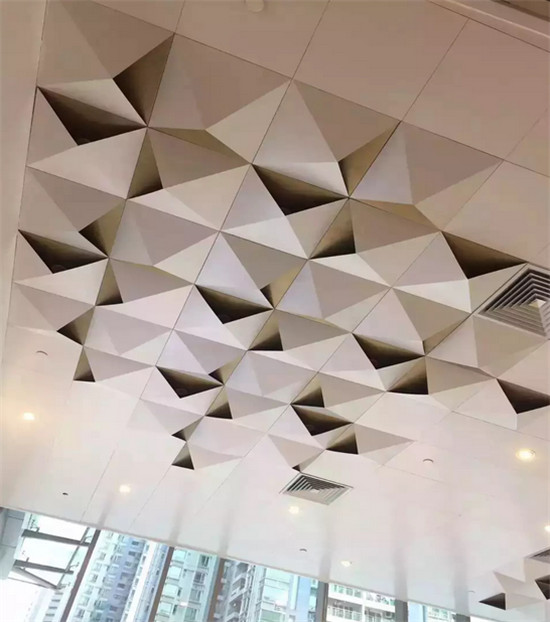
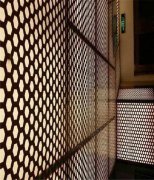
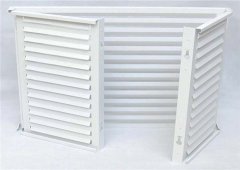

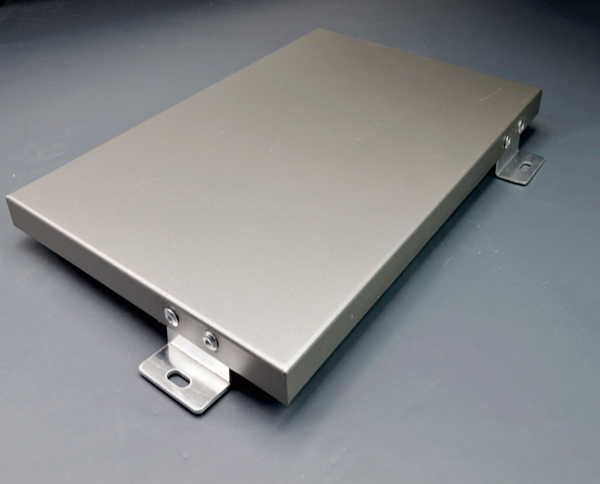
 Customer service QQ
Customer service QQ